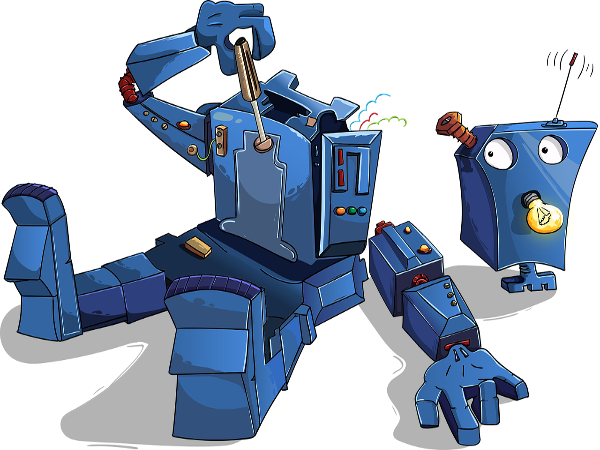
The Pro’s and No’s and Go’s and Whoa’s of Self-Diagnosis or More Accurately: Self-Analysis
Navigating our feelings and behaviors is like embarking on an exciting journey of self-discovery. Recognizing patterns that might cause us discomfort or disrupt our daily lives is a brave and critical first step towards feeling better. However, when we go from being aware to becoming our own doctors—especially with complicated conditions like personality disorders—it can be a bit like venturing into a maze without a map.
Personality disorders are like a giant jigsaw puzzle with many small pieces that need to fit together just right. They include a broad range of symptoms and behaviors, and they can often look like other mental health disorders, making it pretty tough to figure out without some professional guidance. Plus, they're not just about how we feel or act in the moment, they're about patterns that span our lifetime and affect many parts of our lives, like our relationships and our work.
The tricky part about trying to diagnose ourselves is that it's easy to get lost in translation. We might misread our symptoms or connect the wrong dots, leading to some mistaken conclusions about our mental health. For instance, we might mistake feelings of sadness or being down as a depressive personality disorder, when it could just be a natural response to something happening in our lives or even a sign of a physical health issue.
There's also something called confirmation bias—it's like when we're convinced we've lost our keys and only look in the places we think they might be, ignoring all the other possible spots. We can do the same with our symptoms—focusing on the ones that match what we think we have, while overlooking the rest. This can lead to misdiagnosis, delayed diagnosis, or even thinking we have something we don't, all of which could slow down our journey to feeling better.
The bumps in the road from these mix-ups can be significant. Diagnosing/analyzing ourselves inaccurately can lead to trying to treat ourselves in ways that might make things worse instead of better. It can also cause unnecessary worry and stress, as we struggle with the idea of having a condition that we might not actually have.
We are very aware that for huge sections of our society, professional assistance can often feel and actually be inaccessible. Various factors such as a need for privacy, prevailing social stigma, deeply ingrained religious biases, controlling relationships, the realities of rural life, lack of services, and financial constraints can create insurmountable hurdles preventing access to professional help.
It is with a deep and firsthand understanding of these hurdles that we offer this self-diagnosis and self-treatment model. While we fully realize its inherent limitations, we also understand that, for many, it may serve as the only accessible means of help. Our deepest hope is that this model provides not only a sense of control, but also offers strength and comfort to those who are suffering in silence, courageously battling their challenges. We are with you, honoring your resilience, and applauding your efforts to seek solace and recovery in the face of adversity.
In the next part of our journey, we're going to tackle these concerns head-on. We'll provide a handy list of tools designed to help with a basic self-check. But remember, these tools are like signposts—they can point you in the right direction, but they can't replace the guidance of a professional. They're there to encourage you to reach out for professional help if you need it, not to provide a final diagnosis. At the end of the day, our main goal is to make sure you get the care and support you need to feel and be your best.
